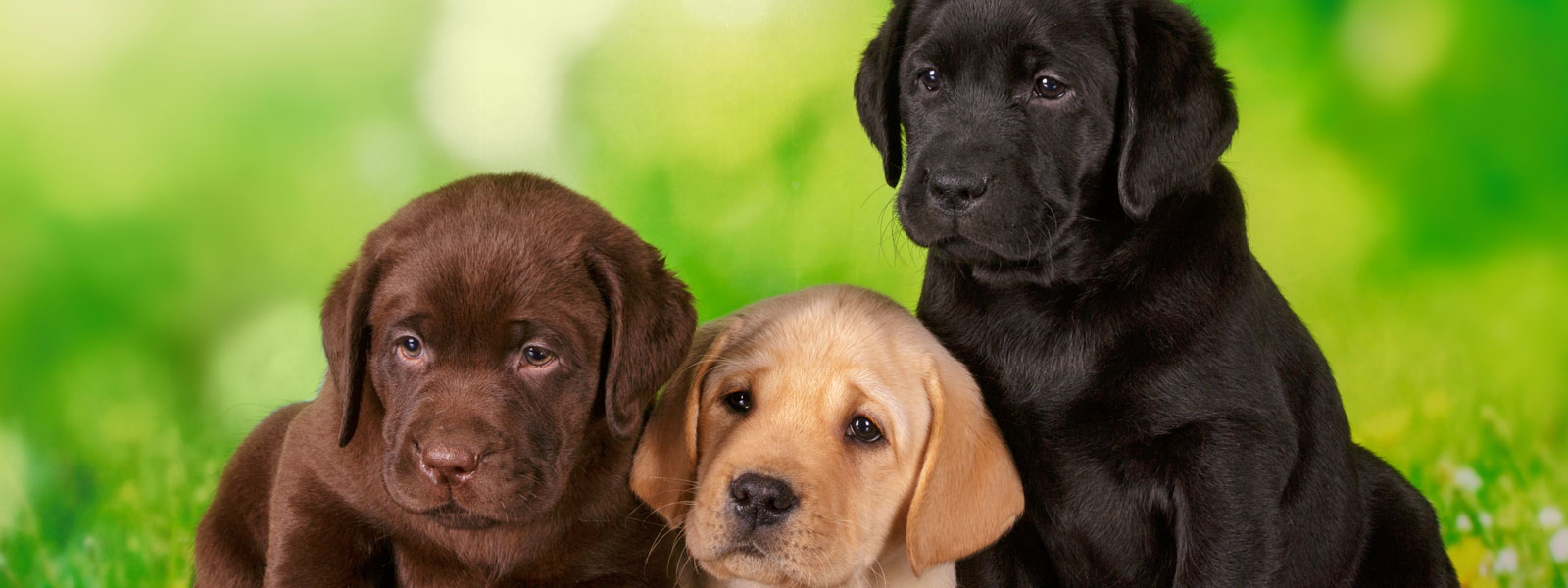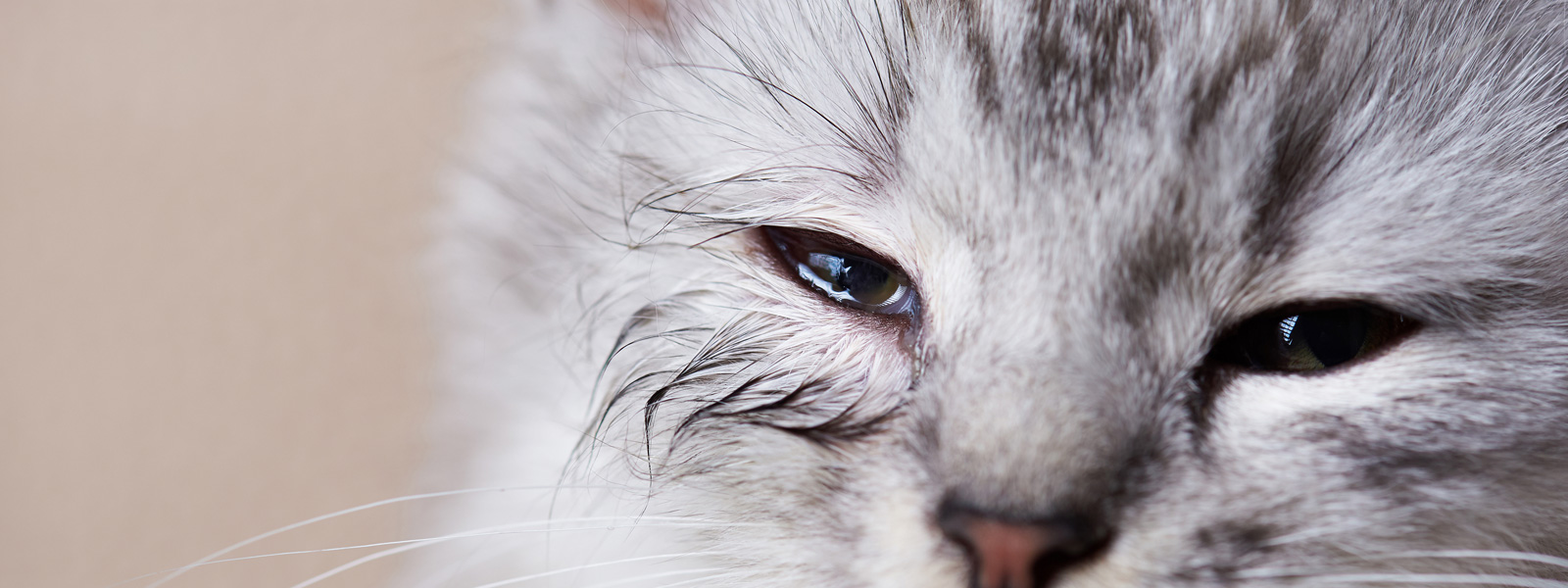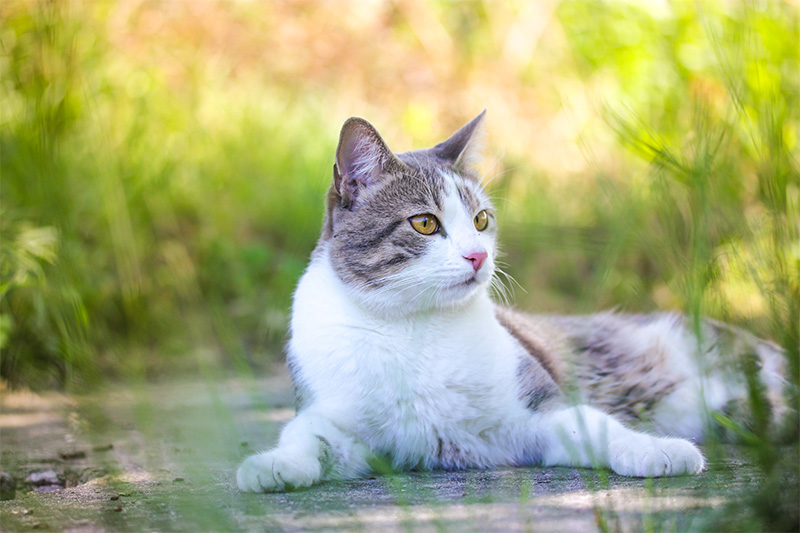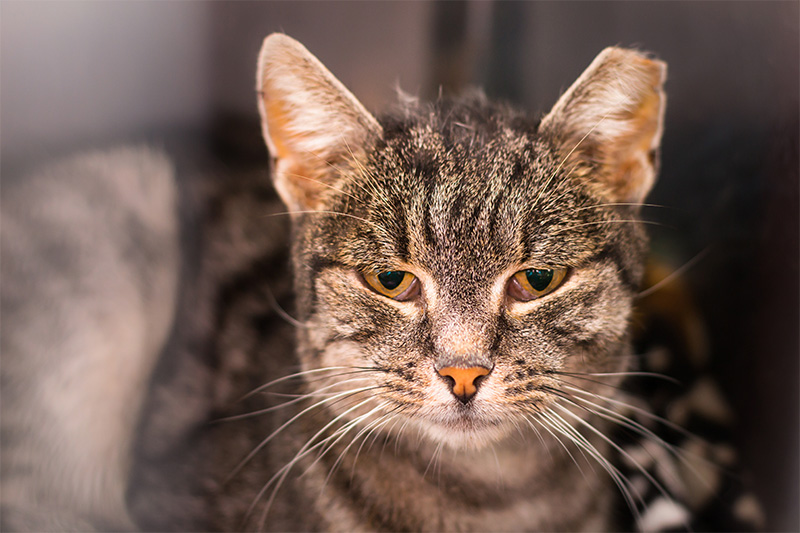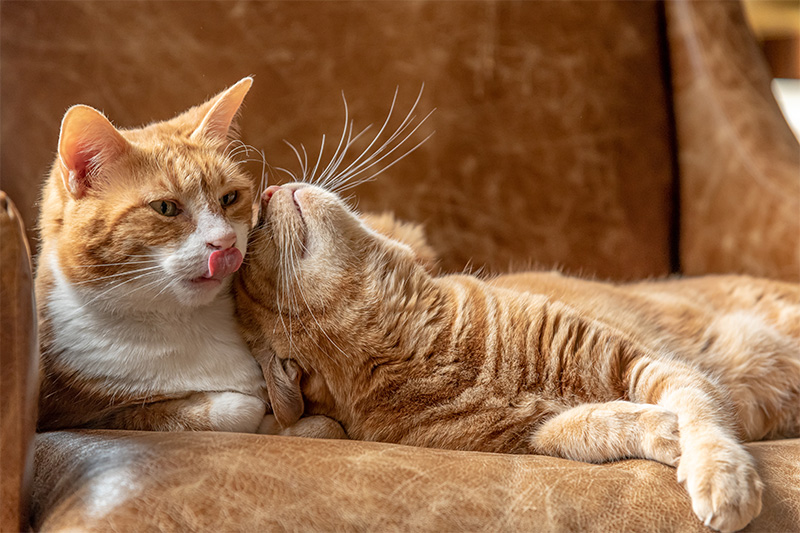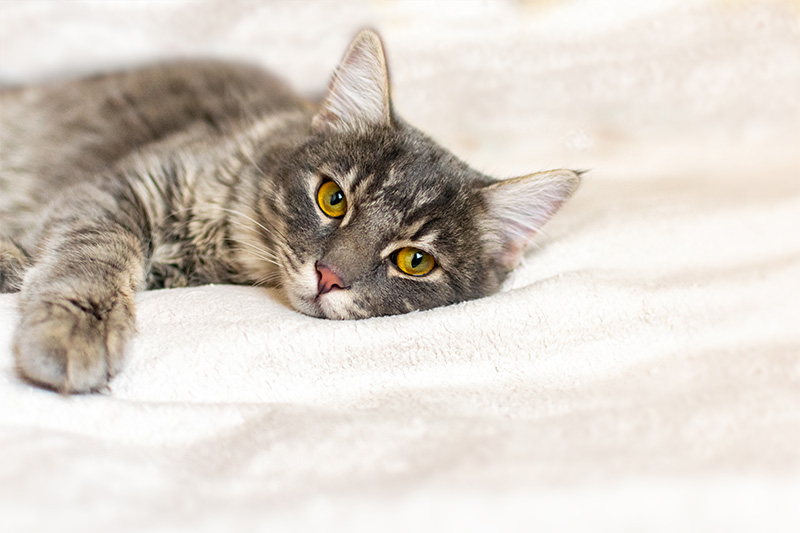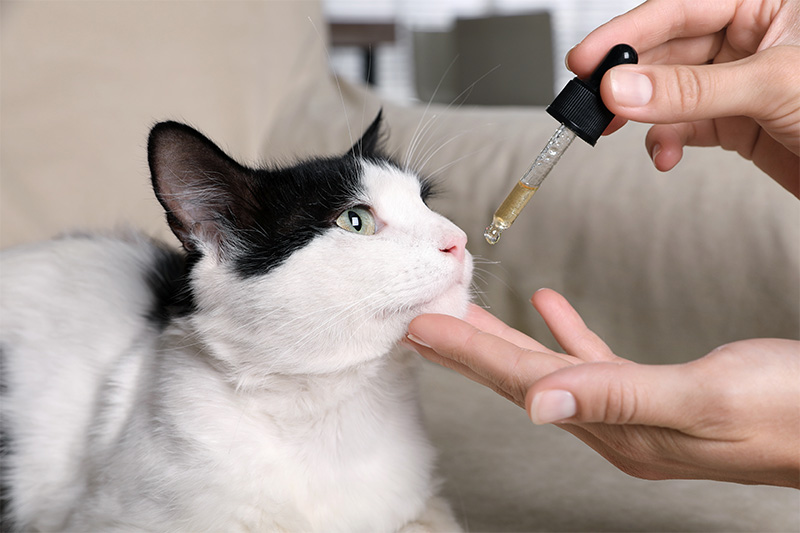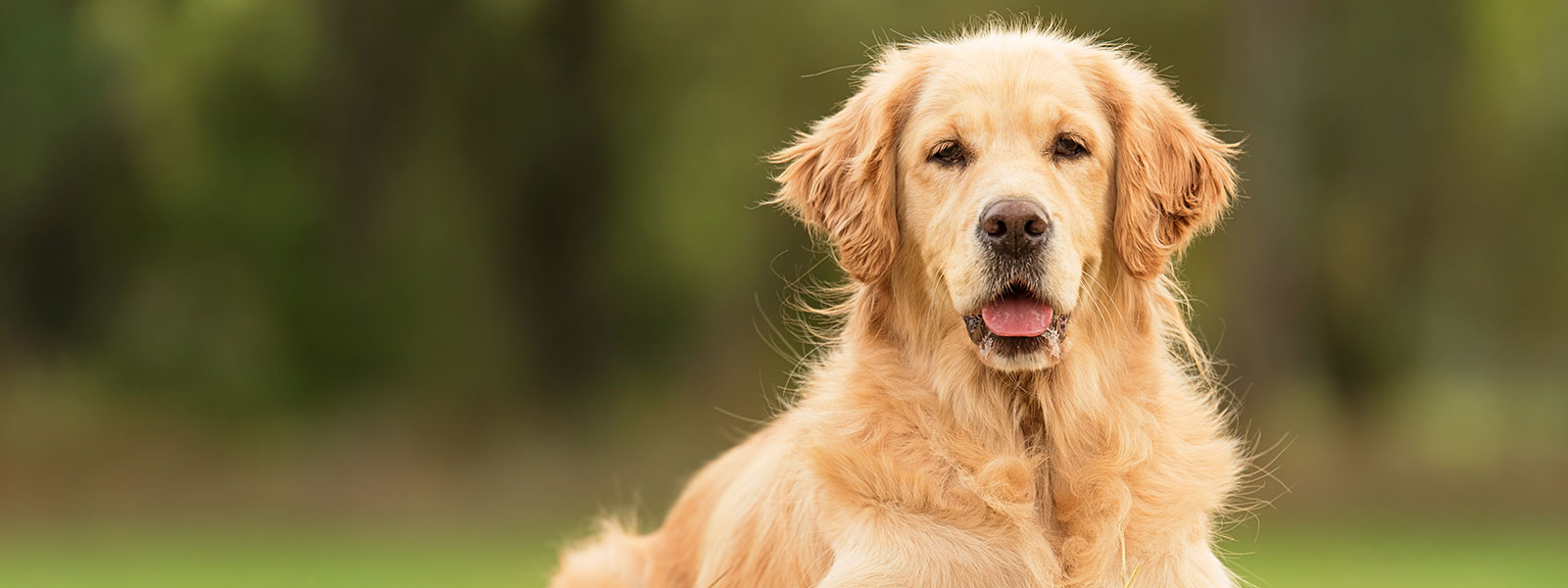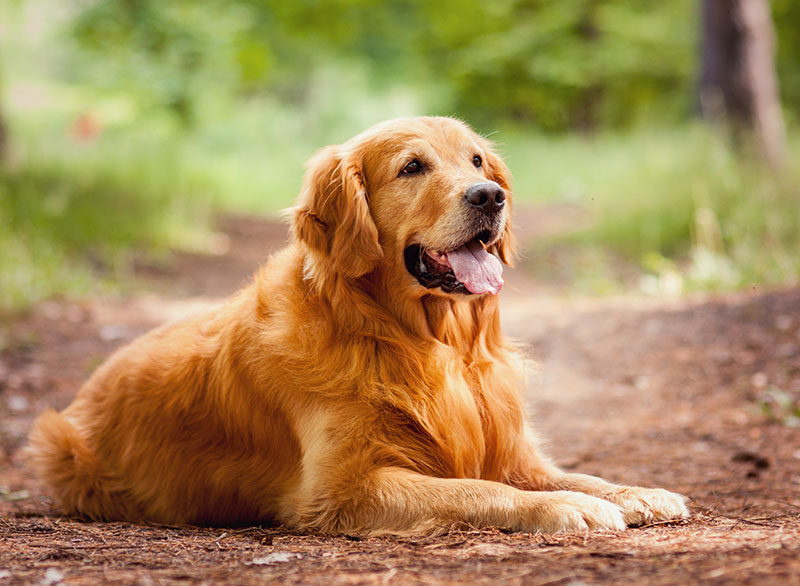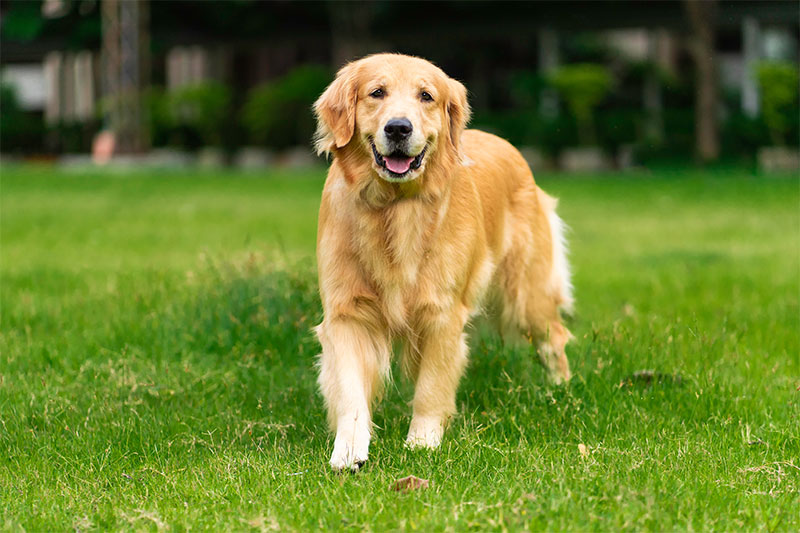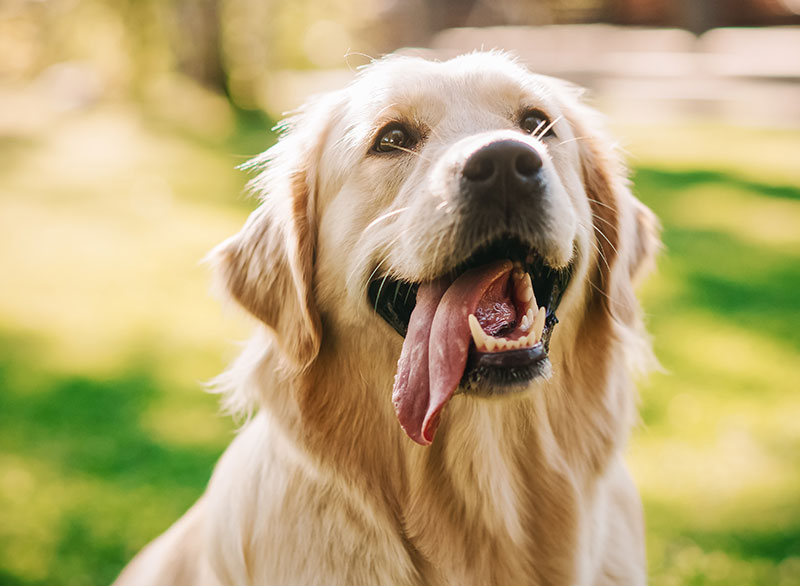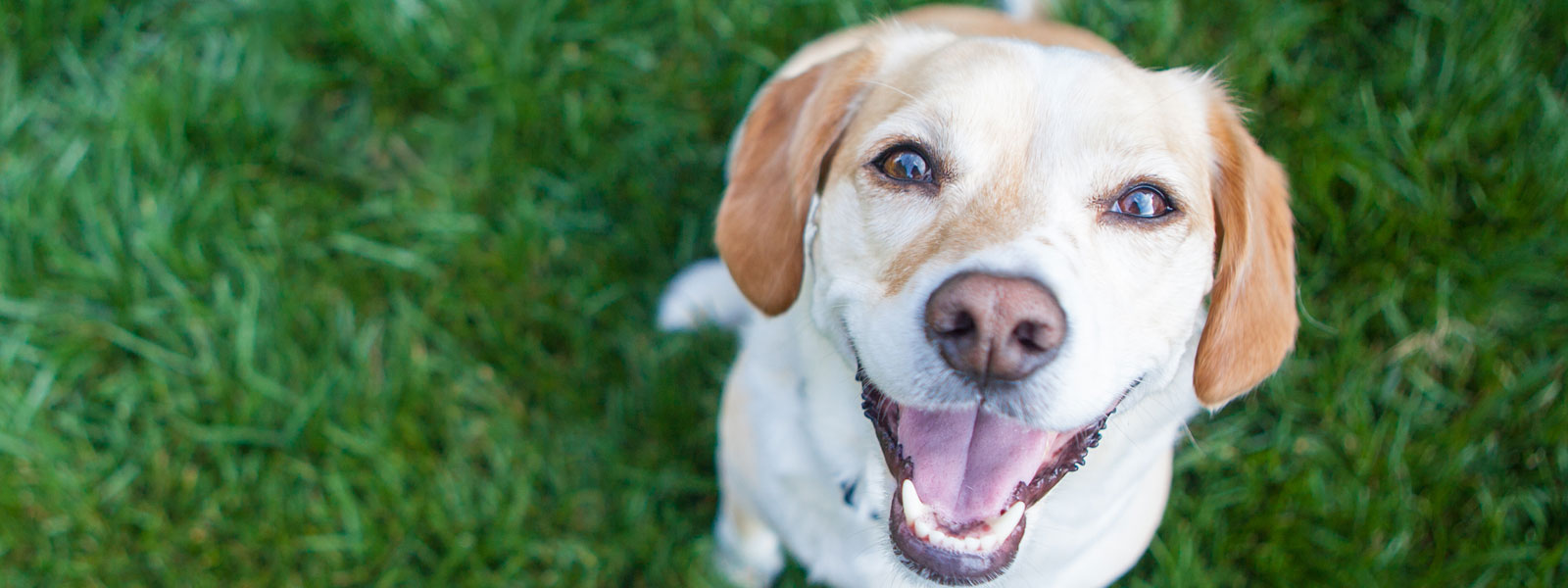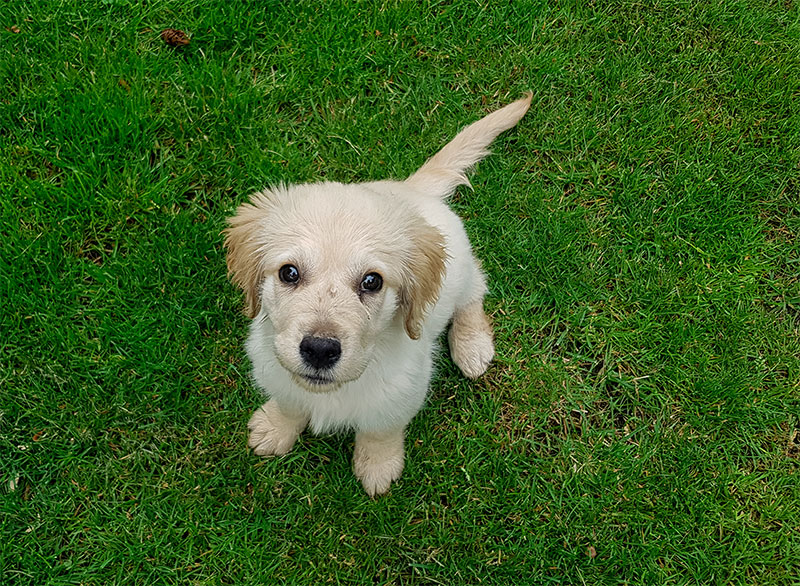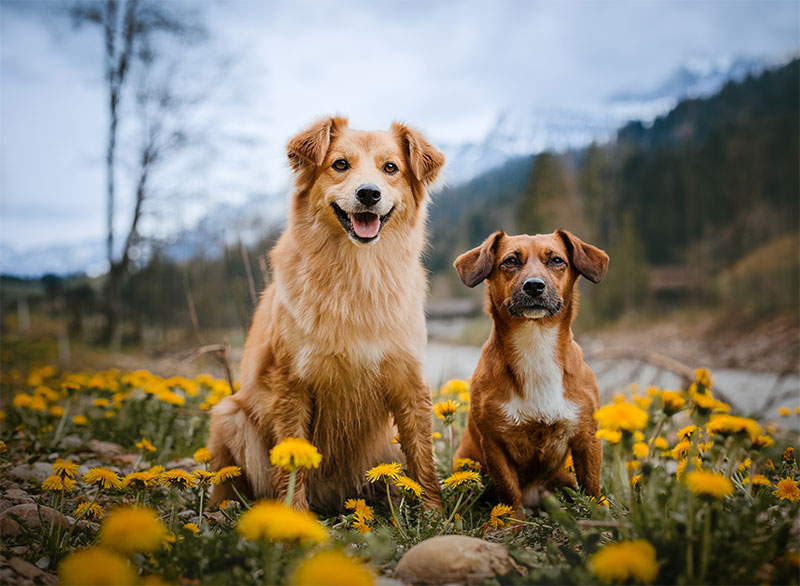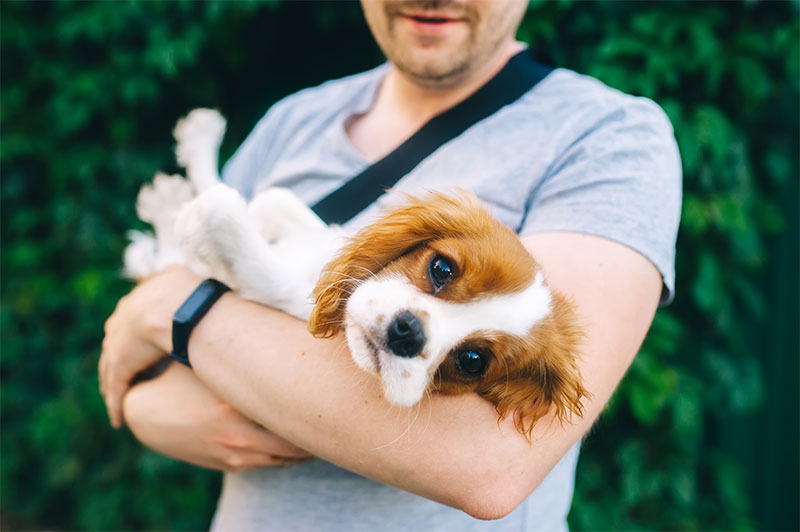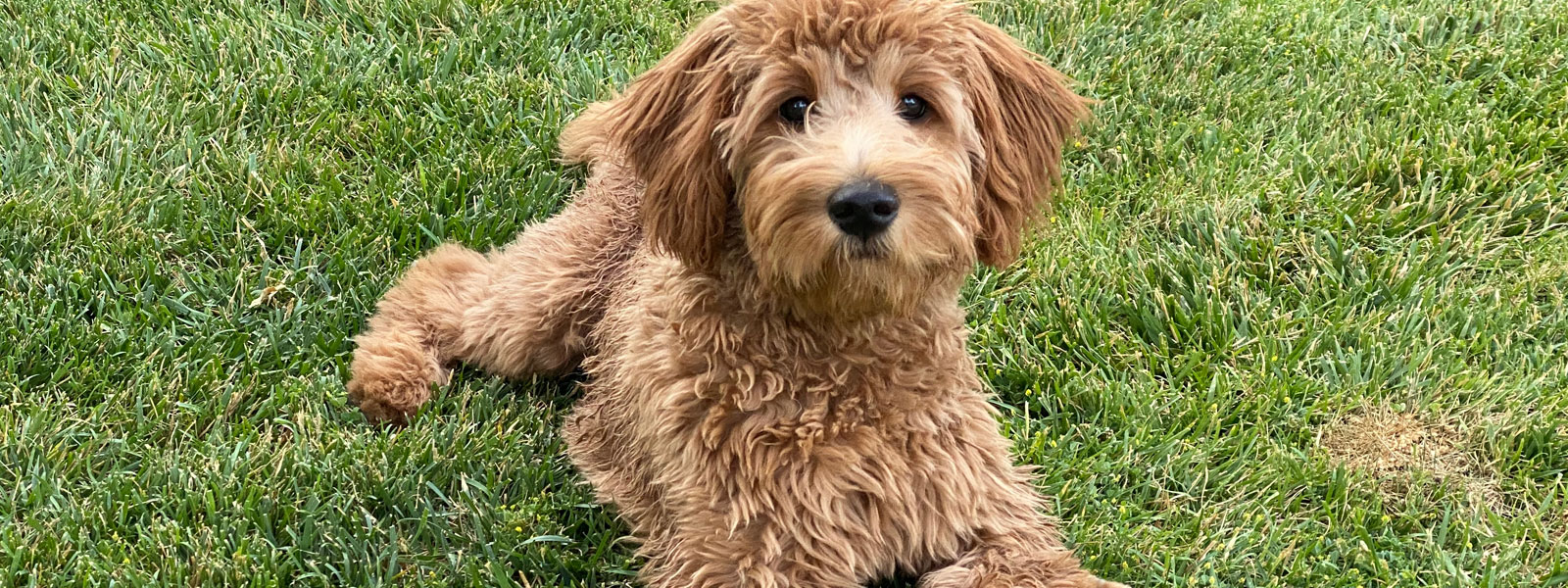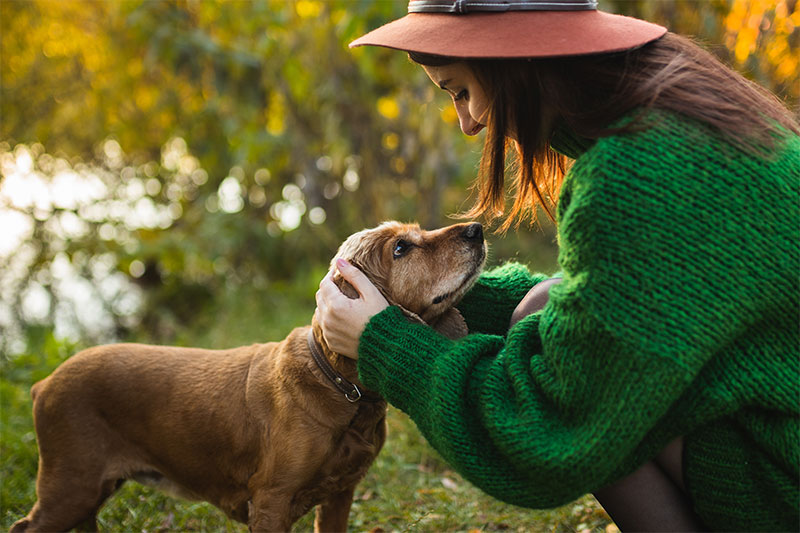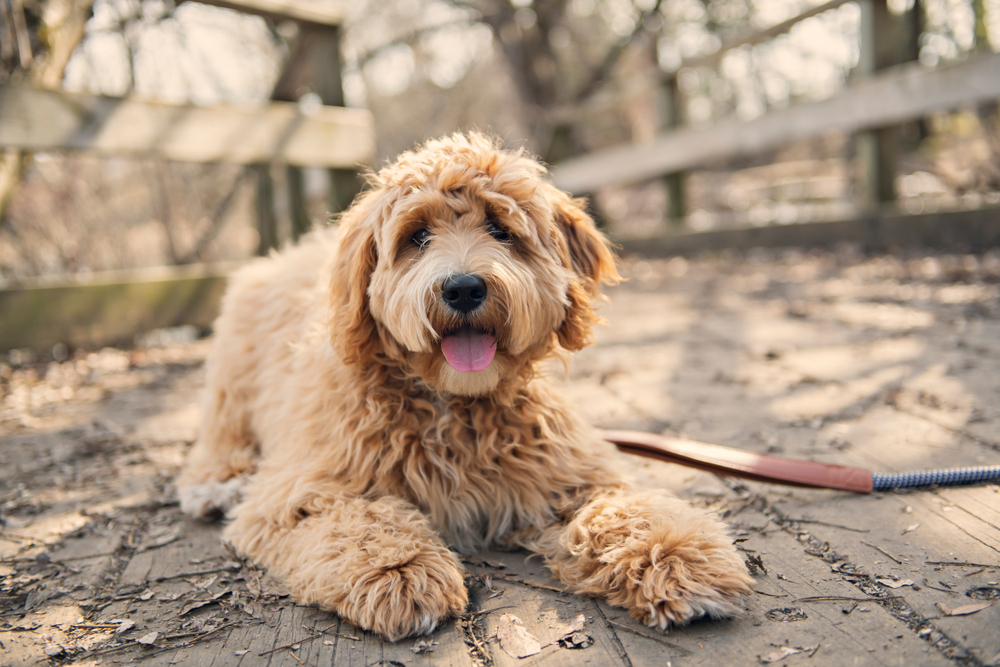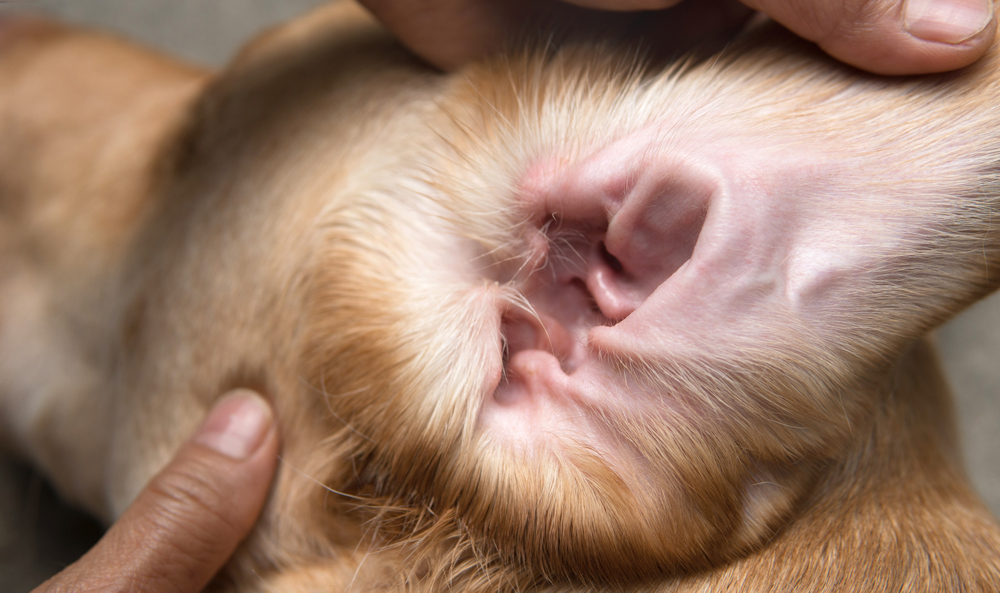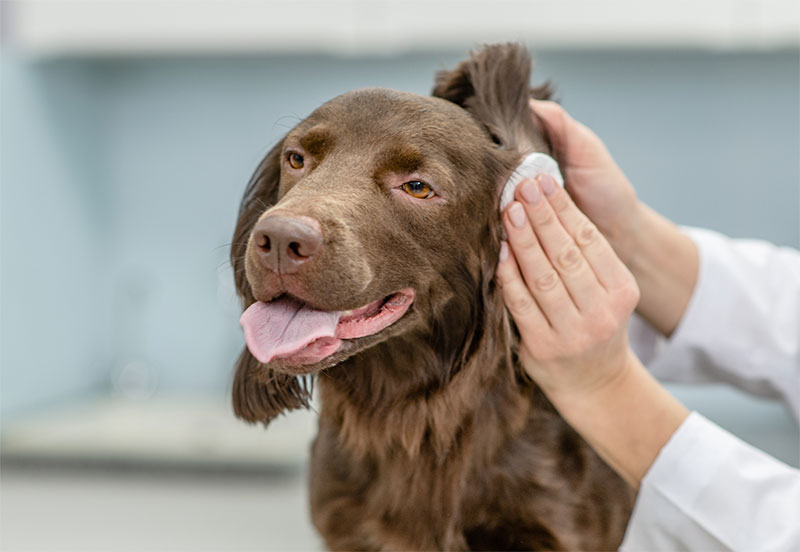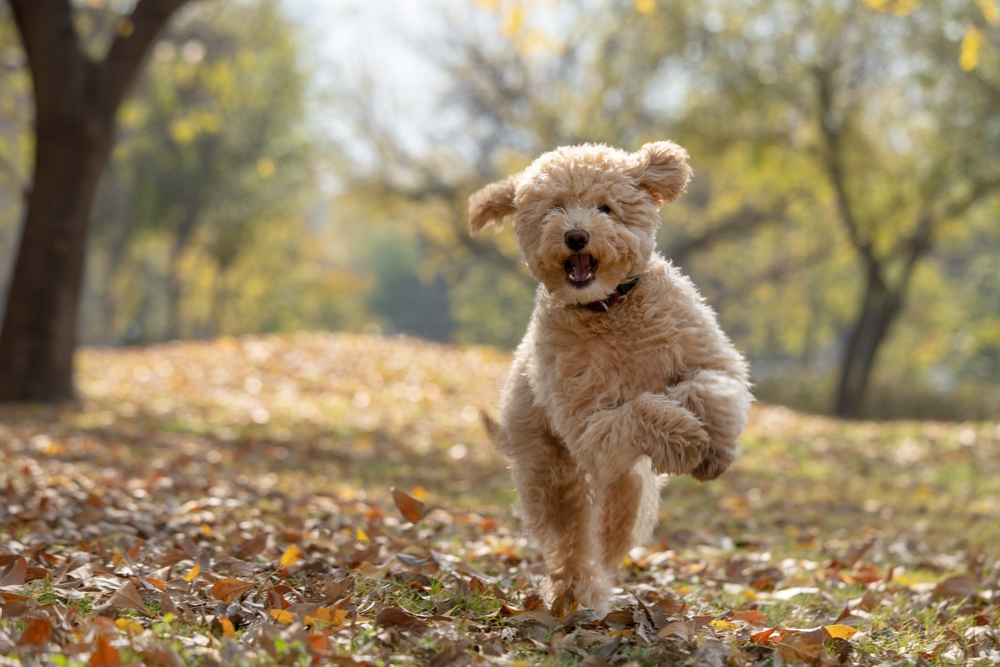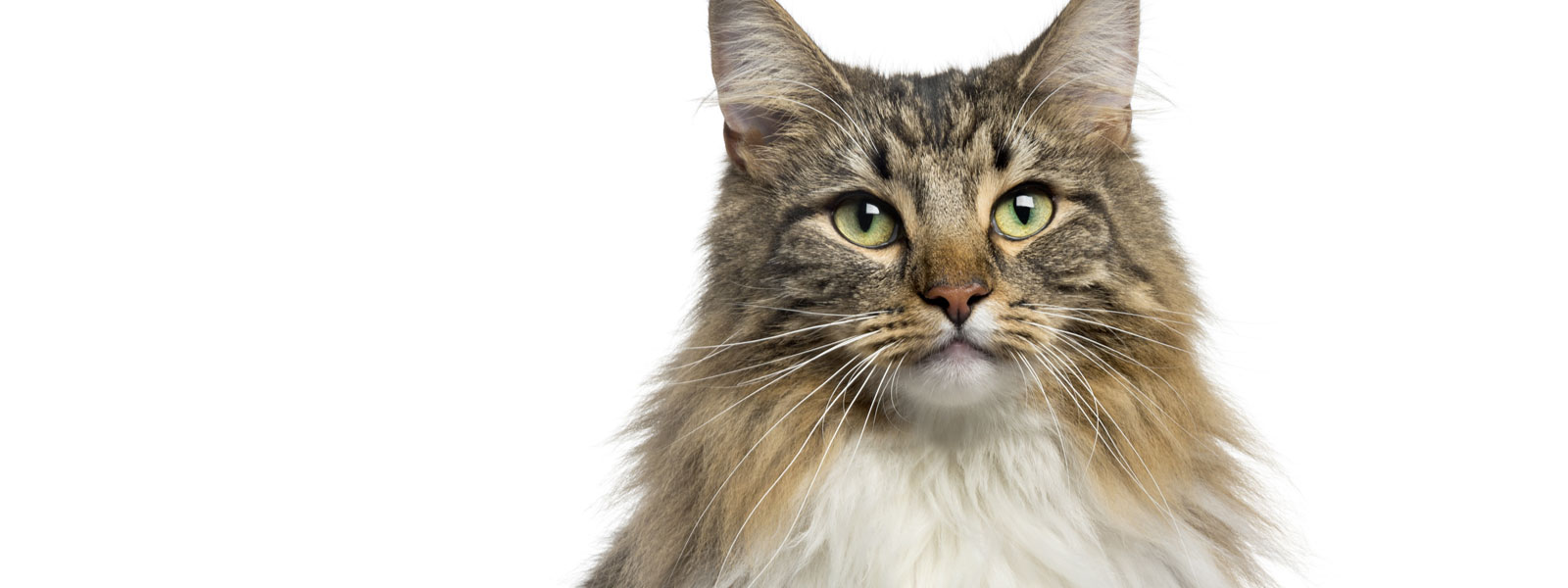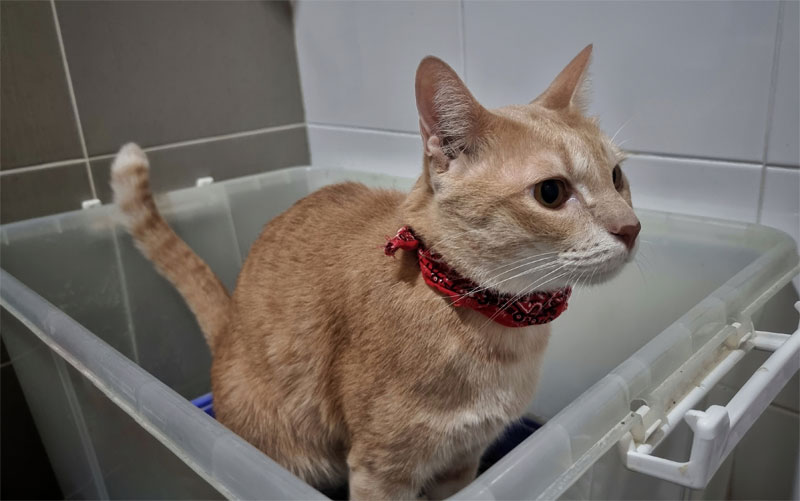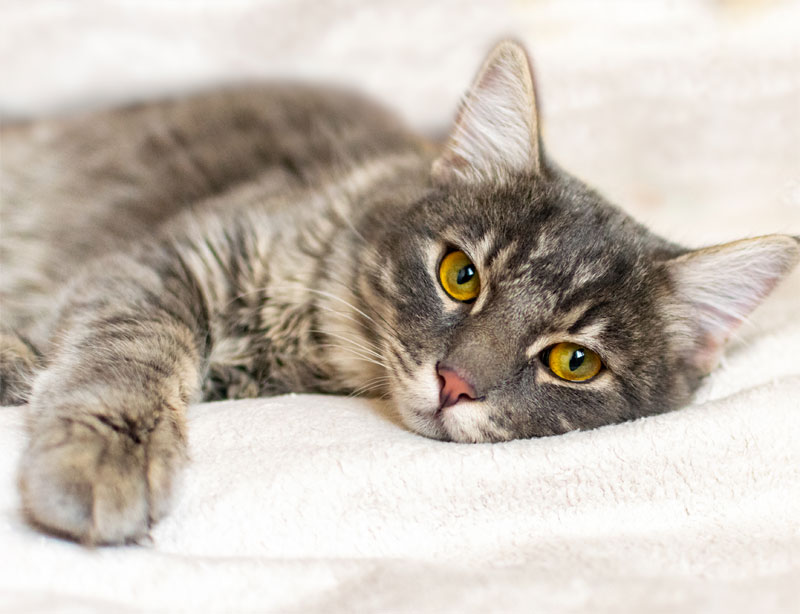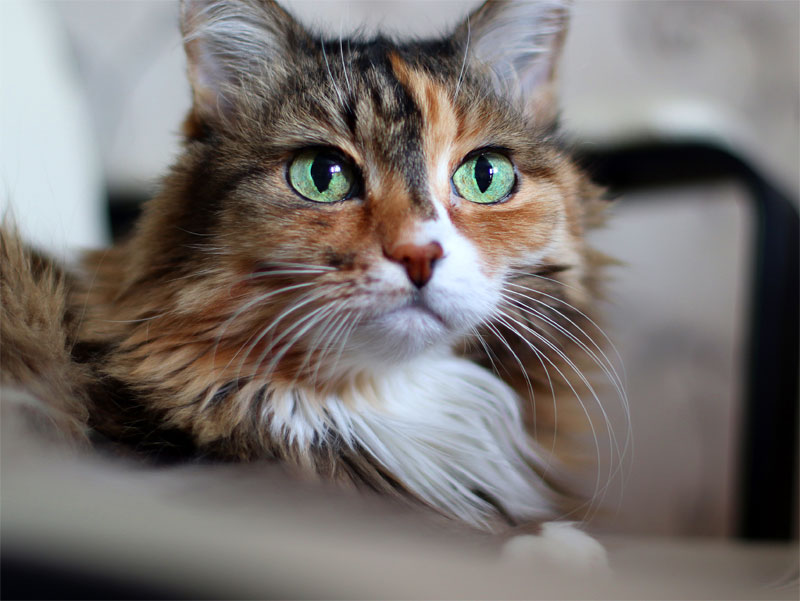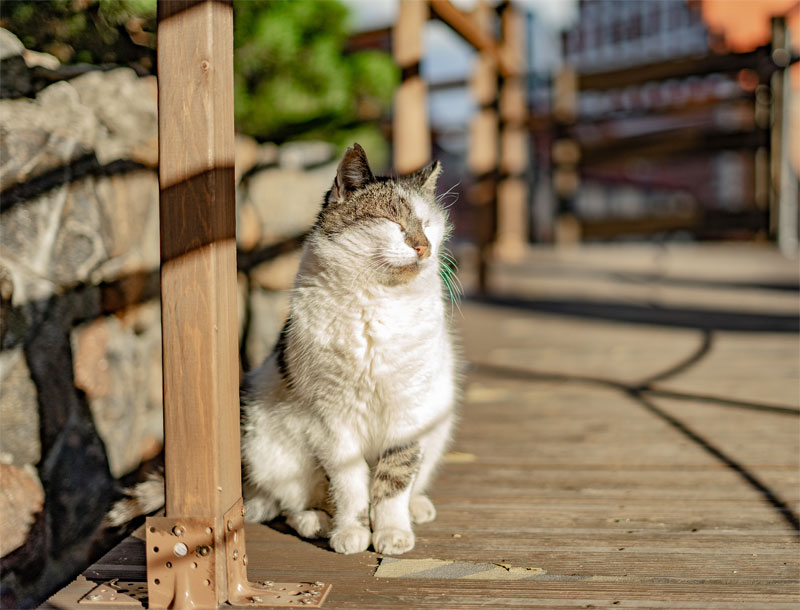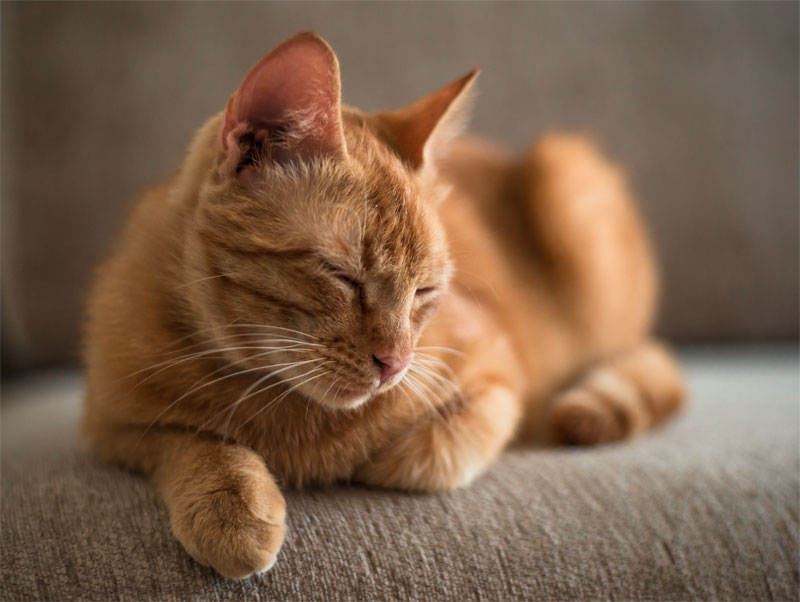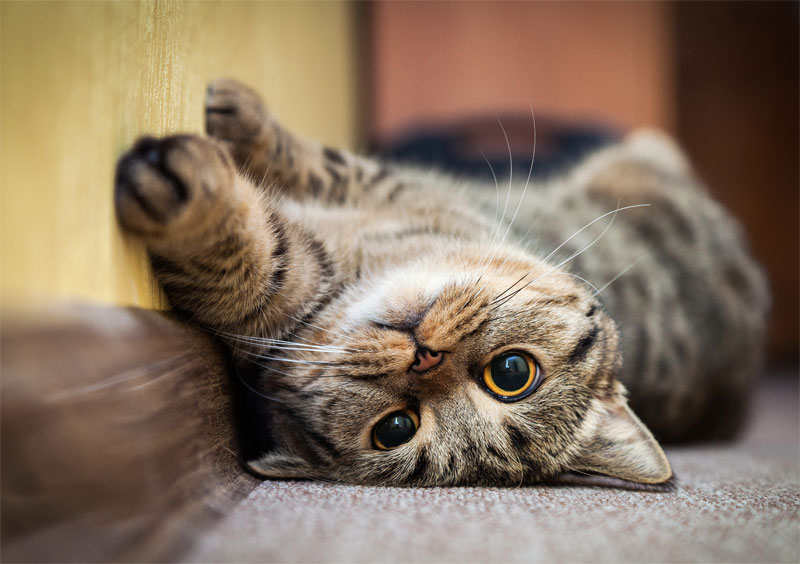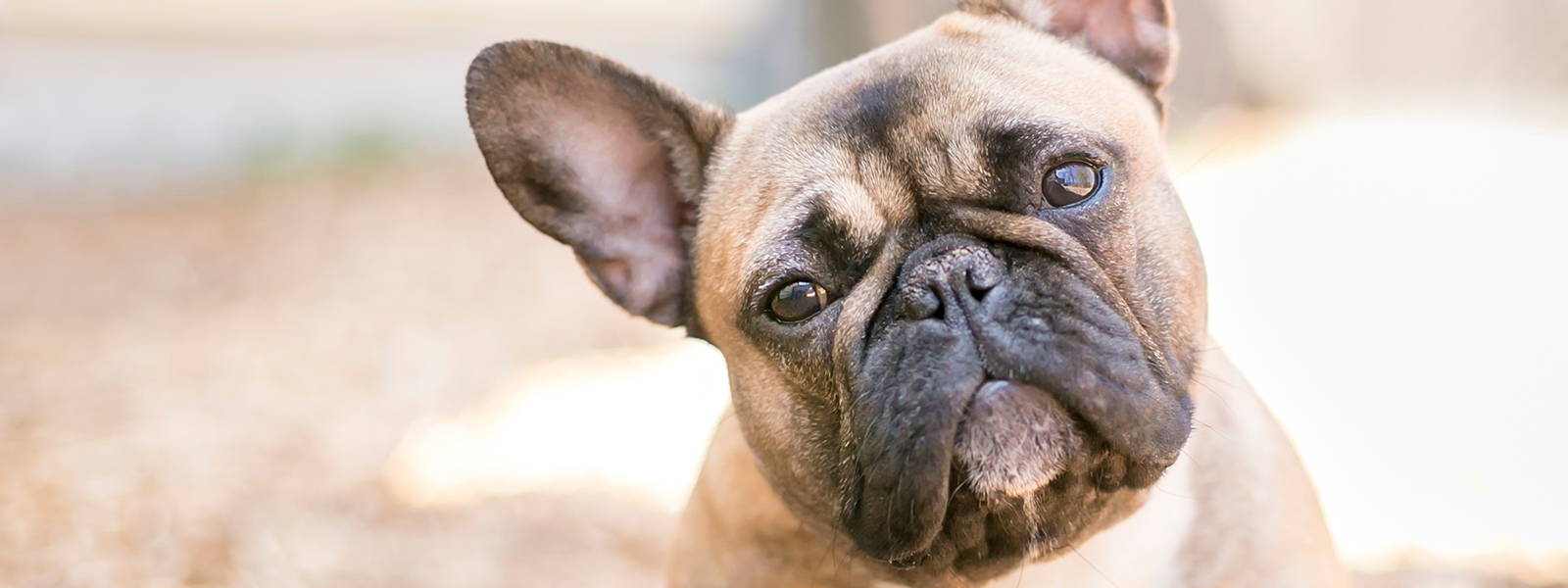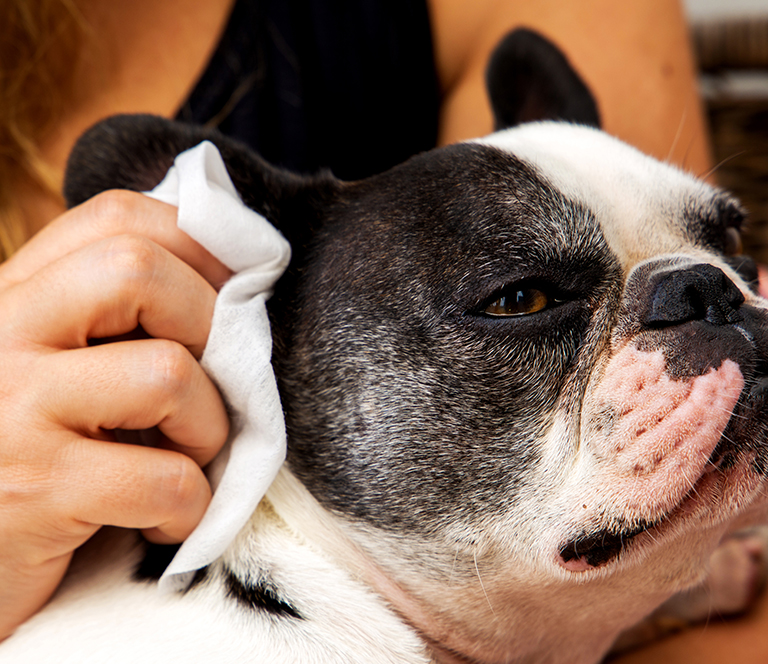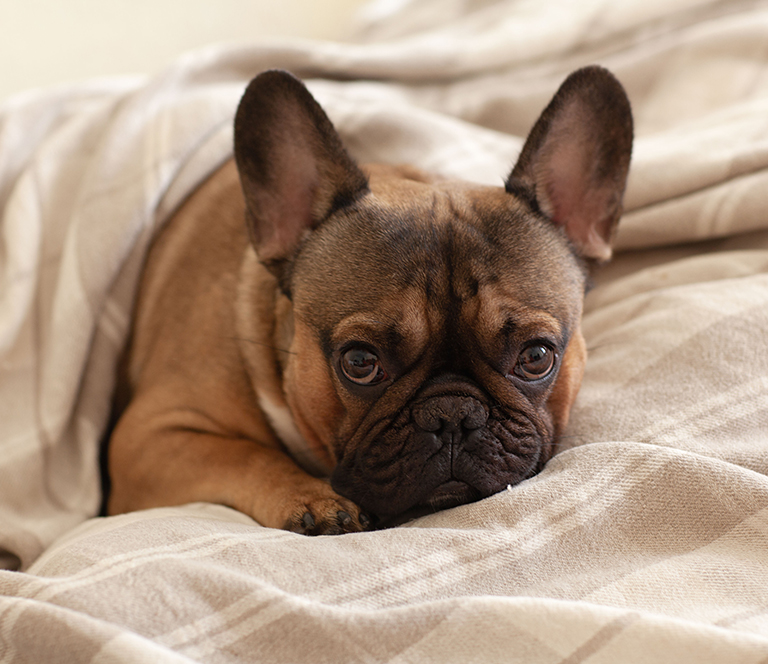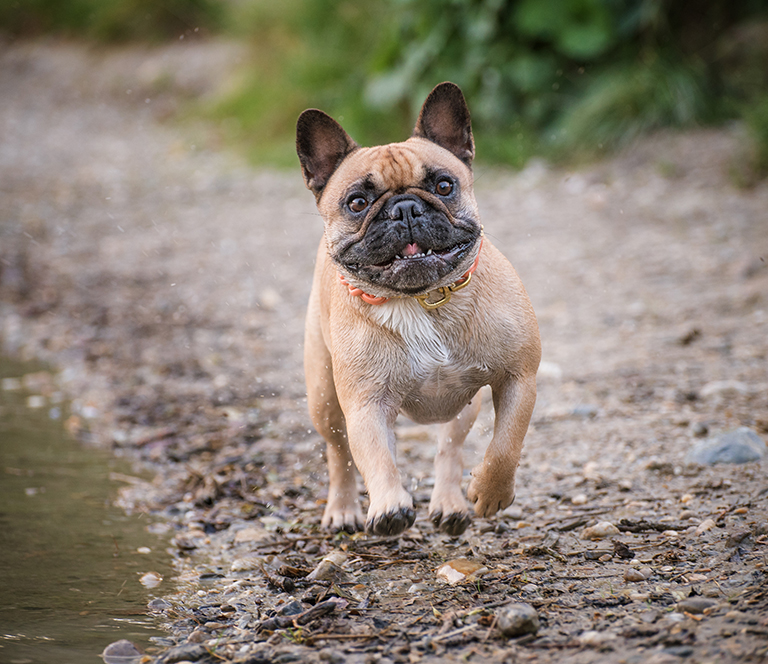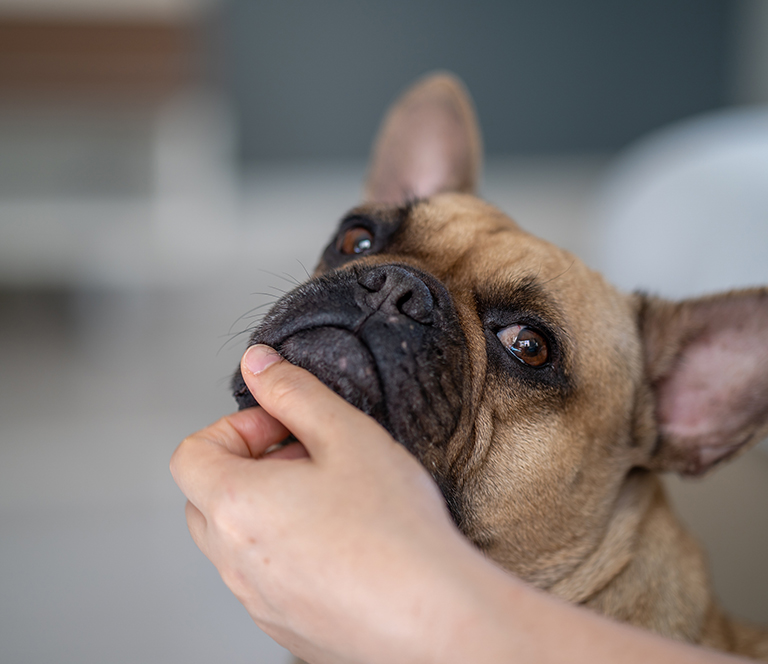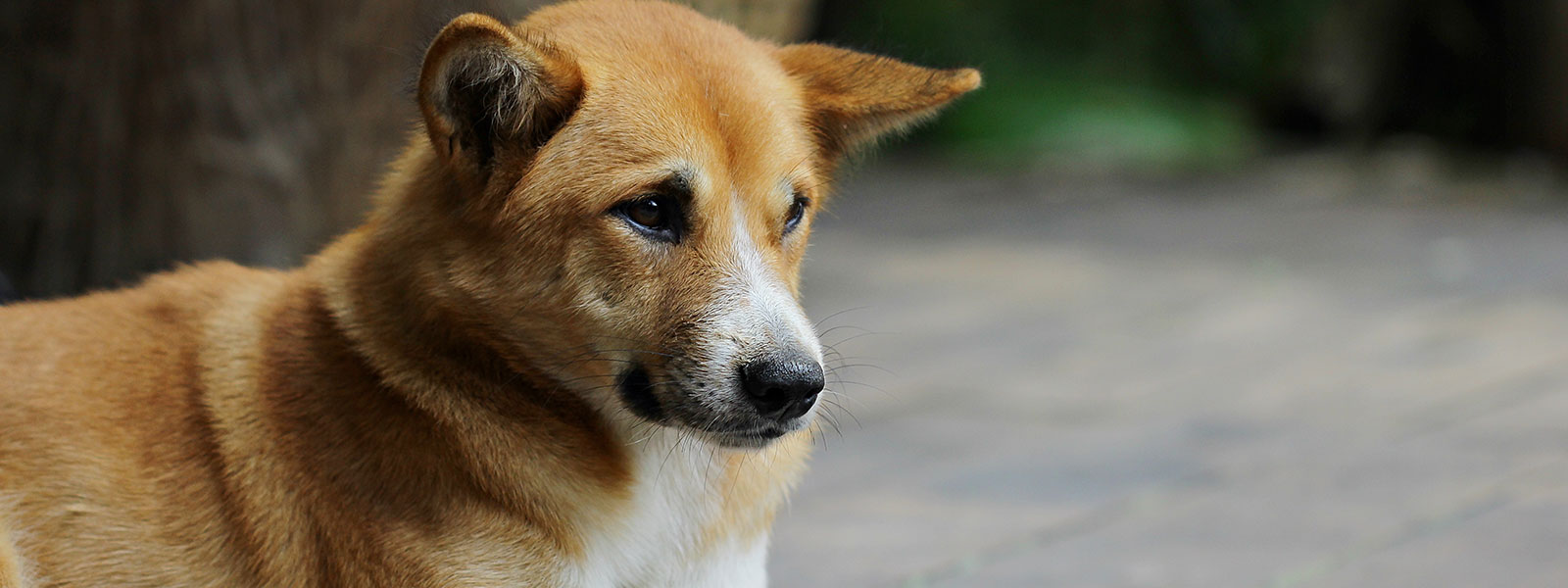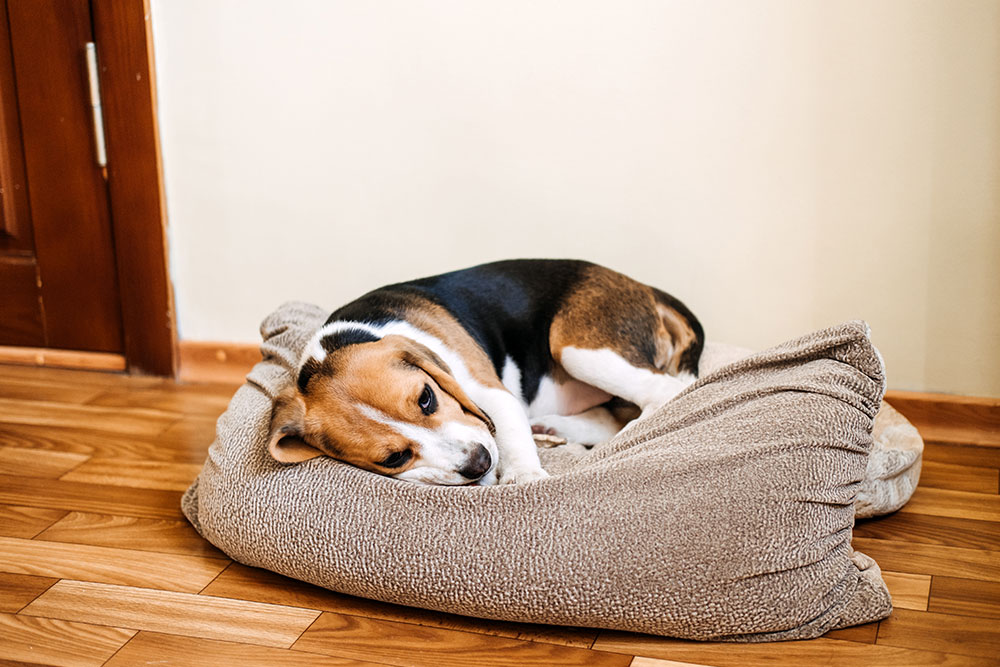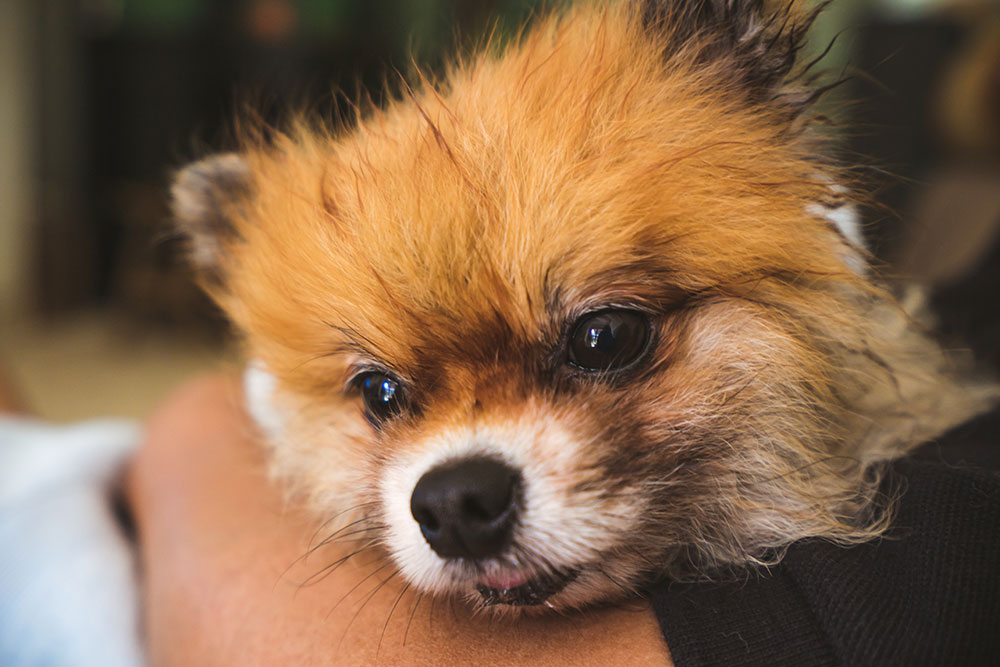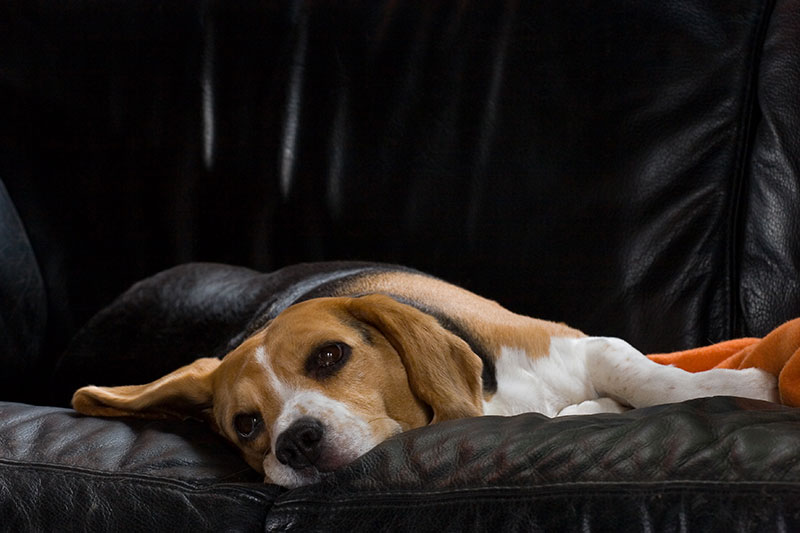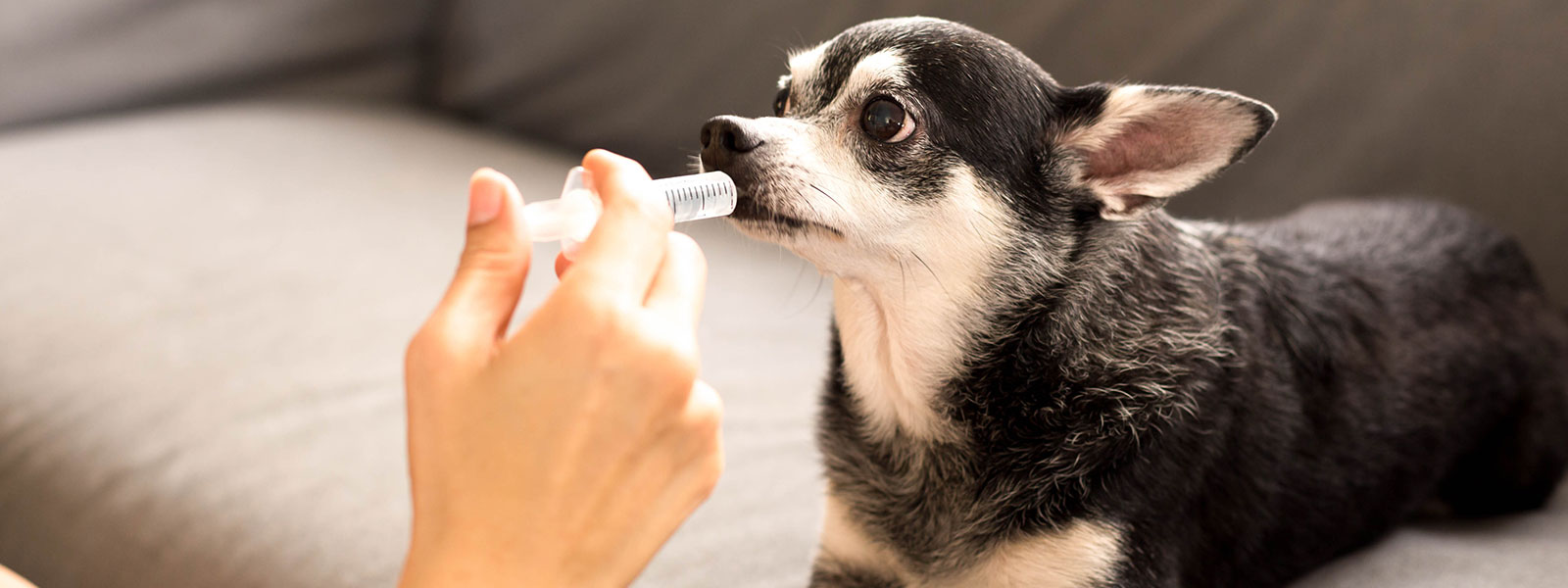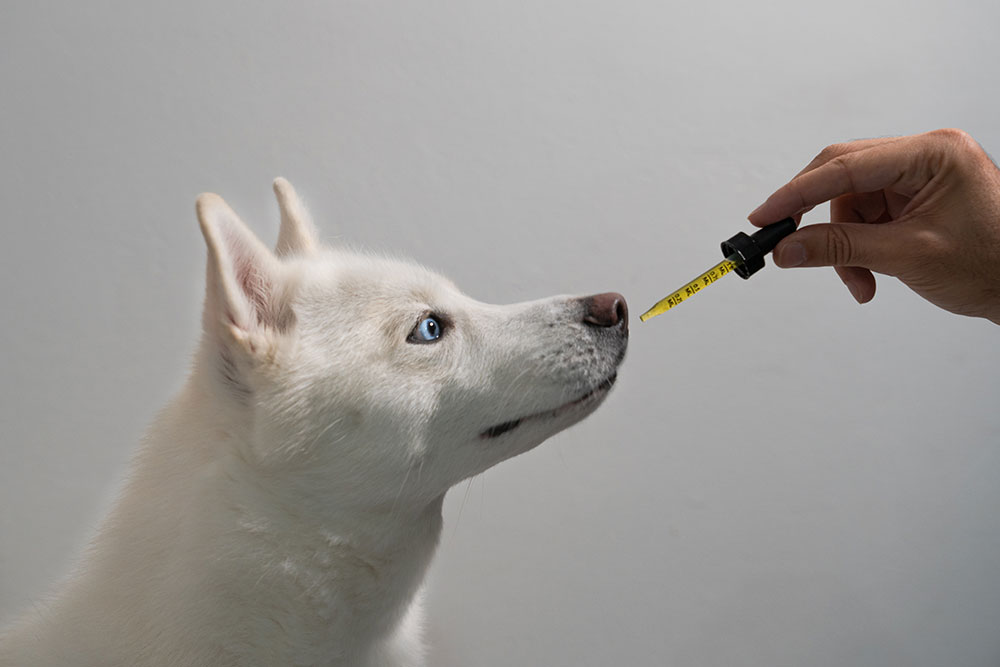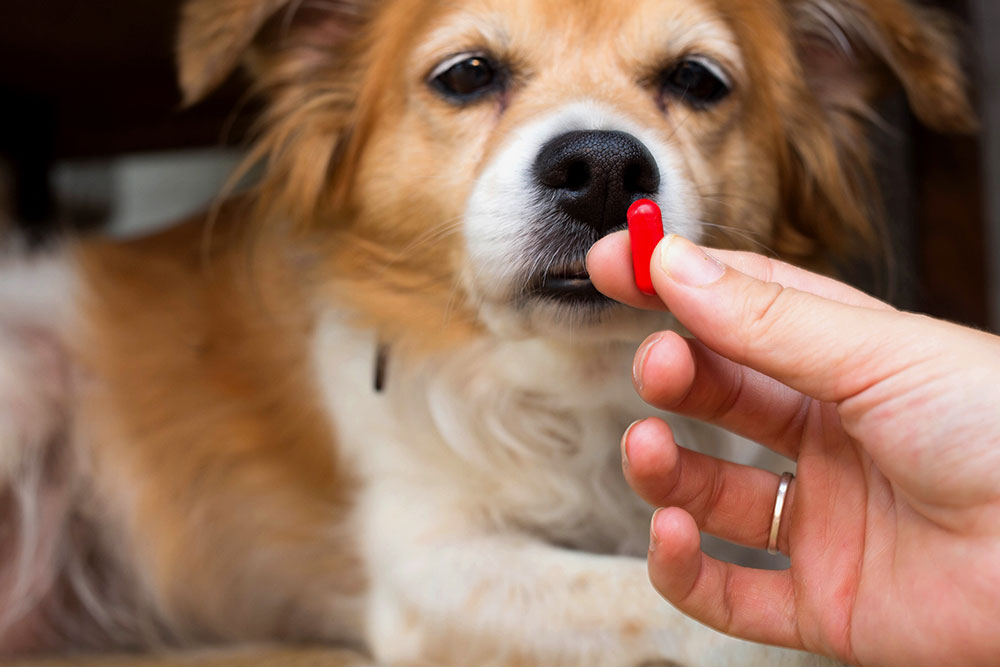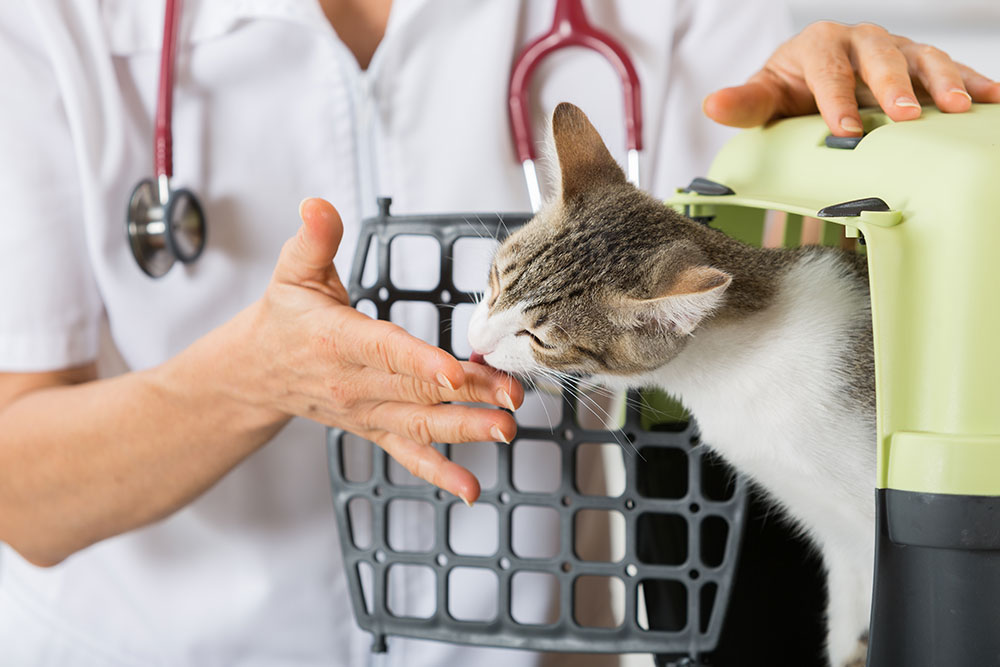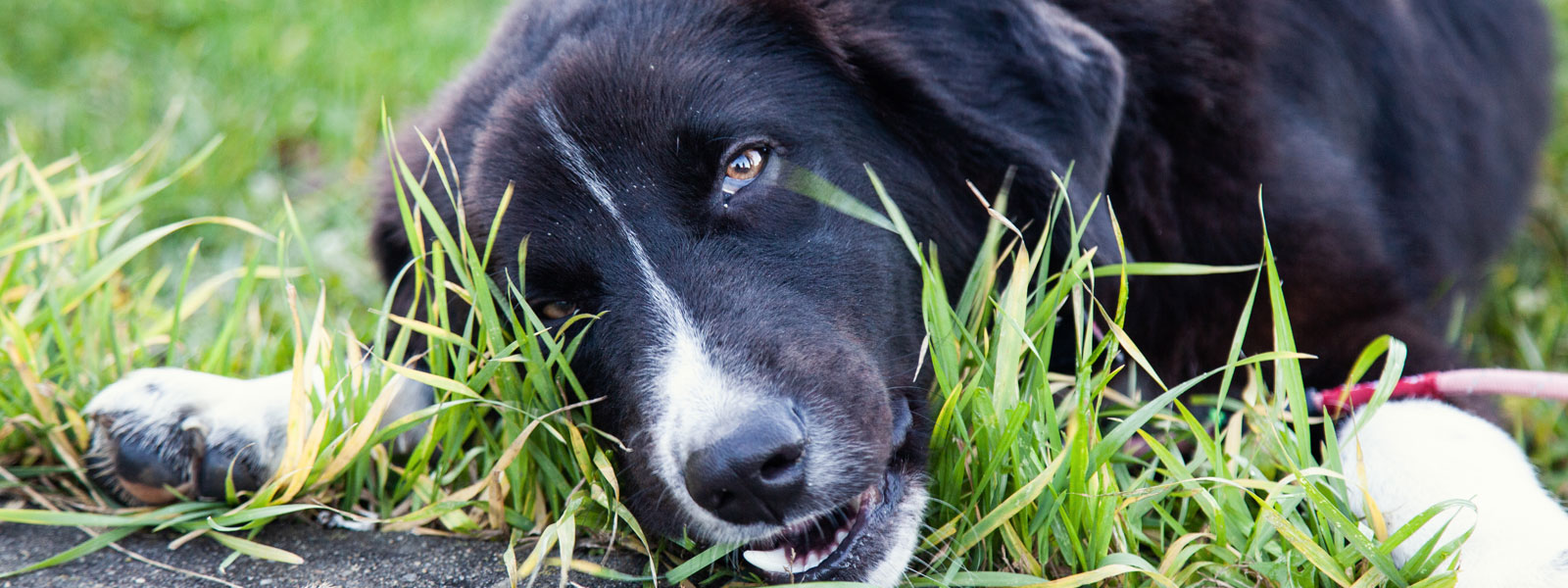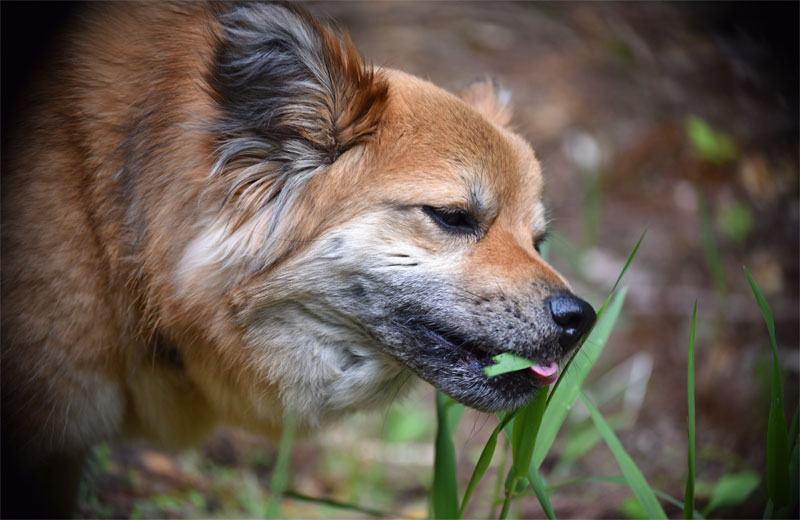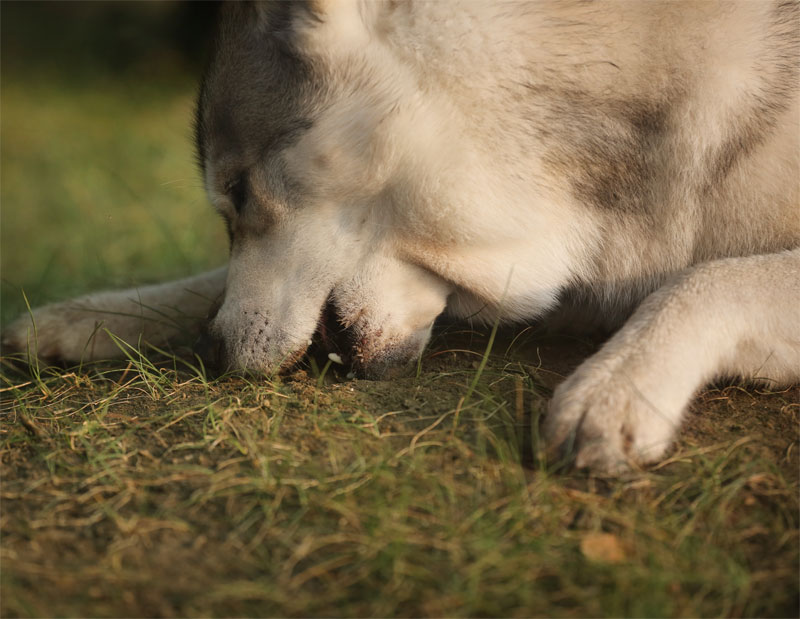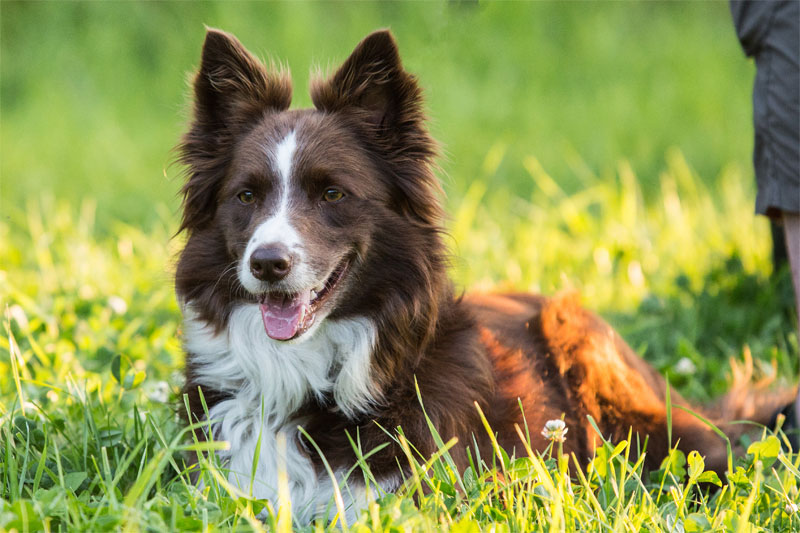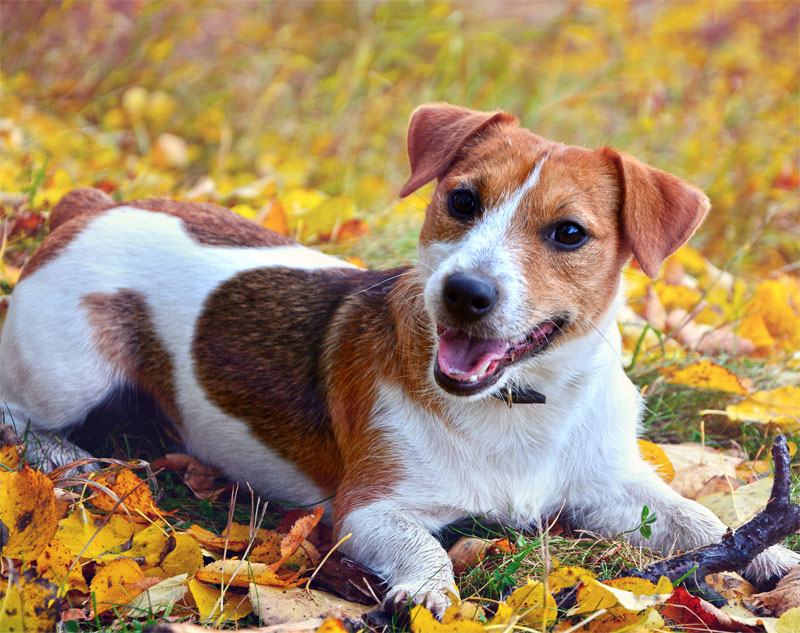
Labrador Retrievers and Hip Dysplasia: What You Need to Know to Keep Your Dog Healthy
Labrador Retrievers are one of the most popular dog breeds in America, and for good reason – they’re loyal, friendly, and make great pets. However, as with all dog breeds, Labrador Retrievers are susceptible to certain health problems, including hip dysplasia. This article will discuss what hip dysplasia is, how to recognize the symptoms in your dog, and some things you can do to help prevent or manage the condition.
What Is Hip Dysplasia?
Hip dysplasia is a disease of the hip joint that can affect dogs of any size, but more commonly affects large and giant breeds. To comprehend how the illness works, you first need to understand the fundamentals of hip joint anatomy: The hip joint is made up of a ball from the femur (leg) interlocking with a socket from the pelvis (hip). Dogs with hip dysplasia have poor conformity of this ball and socket which causes rubbing and grinding of the joint instead of a smooth motion. This causes damage to the cartilage and joint tissue over time, often culminating in osteoarthritis and sometimes total loss of function of the entire joint.
How Do I Know If My Dog Is Showing Signs Of Hip Dysplasia?
Hip dysplasia in dogs is a hereditary disease which means that it is passed down from dog to offspring through the generations. Additionally, other things such as too-rapid growth rate, certain types of exercise, being overweight or obese, and lack of proper nutrition (especially as a puppy) can make this genetic predisposition worse.
The symptoms of hip dysplasia can vary from dog to dog, and in some cases, your dog may not show any symptoms at all. The most common symptoms include:
- Limping
- Shifting of weight to the front legs
- Reluctance to jump
- Loss of muscle in the back legs
- Bunny-hopping
- Difficulty getting up from a sitting or lying position.
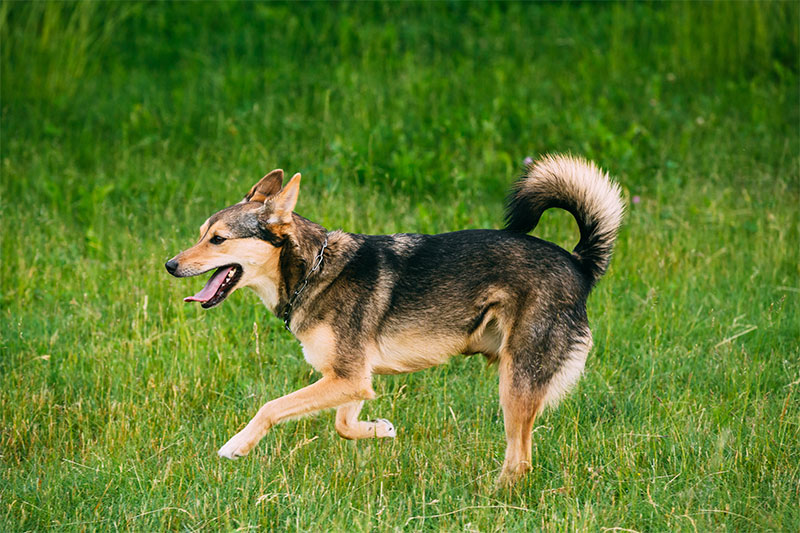
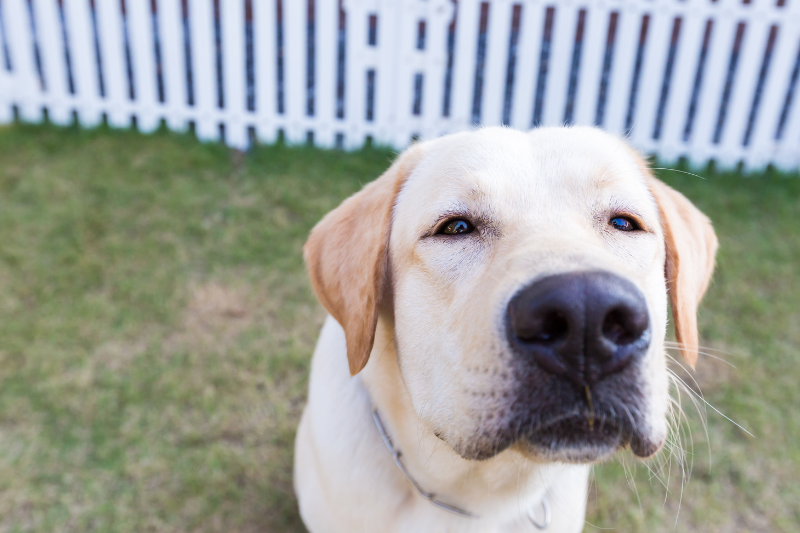
Managing Hip Dysplasia in My Labrador Retriever
Fortunately, there are things you can do to help prevent or manage hip dysplasia in your Labrador Retriever which include:
- Weight management
- Proper nutrition
- Exercise modification
- Pain relief medications
- Joint supplements
- Surgery (in severe cases)
It is important to note that early detection is key to the most successful treatment.
Hip Dysplasia Treatment At Sleepy Hollow Animal Hospital!
By being aware of the signs and symptoms of hip dysplasia, and by working with your veterinarian to create a care plan that best suits you and your pup, you can help your Labrador Retriever live a healthy life, despite this condition. If you are noticing any signs of hip dysplasia in your dog, it is important to have them examined by a veterinarian right away to help you develop a treatment plan that is best for your pup. Call us today to schedule an appointment!







